In the 1870s, following the Civil War, America received mass immigration of Irish Catholics, Italian Catholics, and Ashkenzim from Europe. All three ethnic groups formed mafias or mobs, which they used to defy prohibition and hack America’s democracy.
The Democrat party in the north had largely been captured by ethnic mafias, who used violence, intimidation, fraud, forgery, and ballot stuffing to maintain the domination of Tammany Hall.
In response, prohibition was a “civic nationalist” reaction to the mass moral and religious chaos caused by the influx of millions of non-Protestants. The Progressive movement included Anglo-Saxon feminists, eugenicists, conservationists, prohibitionists, and anti-monopoly activists. The Sherman Antitrust Act of 1890 is an example of the Anglo-Saxon push-back to the rise of corrupt, colluding, dishonest, manipulative, and conspiratorial business practices brought by ethnic interests. In his 1915 speech to an Irish Catholic audience, Teddy Roosevelt referred to these special interests as “Hyphenated Americans.”
The decision to flood the country with immigrants was not driven by bleeding heart liberals or abolitionists but by business interests. During the First World War, Americans seriously began to reconsider if mass immigration was in the national interest. Irish immigrants campaigned to end all aid to Britain, on the grounds of their national independence movement. Jews actually campaigned against involvement as well, on the grounds that the Tsar of Russia was antisemitic. It was only after the Balfour Declaration that Jews began to support American involvement.
The Balfour Declaration has been viewed as a “pro-Jewish” move by the British, to secure the support of “Jewry” as an amorphous, transnational entity. Another explanation is that Britain understood the powerful role that Jews played in preventing American involvement in WWI, and the Balfour Declaration was crafted first and foremost with America in mind, and Jewish interests were only considered as a consequence of that primary concern.
For Anglo-Americans, the loud protests of Irish immigrants and the implications of the Balfour Declaration suggested that American foreign policy was now being entangled in foreign alliances as a result of mass immigration. One of the nativist forces speaking out against this perceived trend was the KKK, which peaked in 1924, before collapsing due to a sex scandal.
Before the KKK collapsed, it was able to muster popular support for the The Johnson-Reed Act of 1924, which significantly curtailed mass immigration. Still, in 1933, when Hitler came to power, Jewish-German and Jewish-Austrian academics fled to Britain, America, and Sweden: Freud, Einstein, and the Frankfurt school all managed to bypass immigration quotas and skip to the head of the line. Otto Frisch, Rudolf Peierls, Immanuel Estermann, and Otto Stern, all of whom were born in Germany and later fled, made crucial contributions to nuclear science, and integrated into the Anglo-American scientific establishment.
Operation Paperclip is typically described by conspiracy theorists as the method by which Nazis “took over America” by integrating their scientists into NASA after WWII. If there is any veracity to this theory, then the same logic should apply to the thousands of Jewish-Germans who fled Germany and became part of the Anglo-American establishment.
quantity vs quality.
From 1870 to 1932, most Jewish immigrants to America were poor shtetl dwellers from Russia. They lived in ghettos, practiced an insular form of Orthodoxy, and had trouble assimilating into American society. Most of these Jews, when they were introduced to Reform and Assimilationist Judaism, became hardcore socialists or Zionists, outside of the mainstream of the American political spectrum.
Jewish immigration after 1933 was far smaller, but qualitatively, had a disproportionate impact on the American political and financial landscape. A huge number of leading psychologists and psychoanalysts, including Wilhelm Reich, Eduard Hitschmann, Fritz and Laura Perls, all fled to America between 1933 and 1946. This led to the stereotype, based on Freud, that the average psychologist was a Jew with a German accent.
The influence of Jewish psychology in the English speaking world contributed to an already on-going religious revolution. People no longer went to their priest or pastor for spiritual problems, but consulted a shrink for psychological help. Today, liberals talk about a “national health crisis” in the same way that pastors in the 19th century spoke about a “national revival of Christian faith.” Structurally, there is no difference between primitive religion and psychology. The religious claim that only they can address mankind’s spiritual needs, while psychologists claim that only their theories are effective at treating mental disorders.
This is not to dismiss either side: there is good evidence that religion does help people, and some people are helped by psychology. The point here is not to defame religion or psychology as fraudulent. Instead, the thesis is that the immigration of Jewish elites in the 20th century was a large contributing factor in replacing the Christian religion with modern psychology.
Whether this was a good or bad development is irrelevant. Instead, the Jewish Psychological Revolution in the 20th century is an example of how a small group of immigrant elites can radically change the identity, spirituality, and soul of a nation, even one as large and powerful as America.
israel.
After the fall of the Soviet Union, Jewish immigration slowed. With the exception of Jewish immigration from Israel, there are no countries with a greater Jewish population than America. Demographically, there is little possibility of increasing Jewish power in America via Jewish immigration, with the exception of immigration from the state of Israel.
While the KKK is a thing of the past, there are far right movements in America today which seek to reduce foreign influence. Trump’s MAGA movement can be see as the most successful and most mainstream attempt to reduce immigration, outsourcing in the economy, and political manipulation from China and Europe. The obvious exception in MAGA from the general scheme of isolationism is on the issue of Israel.
It would be preferable if Israel and America had a mutually beneficial relationship. However, such an arrangement grows increasingly unlikely with each day, due to the dysfunction of the Jewish state.
On June 20th, Rear Admiral Daniel Hagari argued that Israel could not defeat Hamas militarily, and would need a political solution. Russia can be compared to Israel in this respect. In both countries, military leadership is bypassing the chain of command and directly attacking the political structure. In Russia, Prigozhin went as far as to “march on Moscow.” This march led to his death, and the replacement of Shoigu with Belousov. While the Wagner revolt was successfully defeated, and Russia seems to have stabilized the situation, the fact that it ever happened points to a deep level of incompetence and chaos bubbling under the surface.
Israel is farther from a civil war than Russia. But for a top military leader to contradict the civilian commander of the armed forces, Netanyahu, shows an incredible lack of discipline and unity that would be unthinkable in any modern, western nation. This kind of breach of conduct is expected from Africa, not from a serious country.
The Jewish left prefers to blame Netanyahu for the political and military failure of Israel, but this is nothing more than scapegoating. There is no good alternative to Netanyahu, because he is merely the face of a divided, extreme, and polarized society. There is no other “developed nation” where theocrats in government openly call for genocide. Such behavior drags Israel down to the level of Iran.
These unforced errors are likely to have consequences for the United States. America’s international reputation among European, Asian, Middle Eastern, African, and South American countries is degrading as a result of its favoritism, against international law and the United Nations. By delegitimizing these international institutions, America loses a means by which to hold together the global order. If Israel can bomb Palestine, why can’t Russia invade Ukraine? Why can’t China invade Taiwan? The end result is an increase in global conflict, which will have a very real effect on the ability of goods and services to flow around the world. The reduction of global free trade will result in a degraded quality of life for the entire world, including American citizens.
Internally, the glaring contradiction between liberal values and Israel’s actions will further decrease trust in institutions. Biden’s inability to oppose Israel is losing him voters, and even support for Israel among Republicans is dropping. The result will either be the defeat of Zionism at the ballot box, or the scrapping of American democracy, and its replacement by a pro-Zionist non-democratic state.
These problems are baked into the cake. There is no way to undo the Ashkenazi immigration of the 19th or 20th centuries. The question for the future is: what will be the impact of future immigration?
the 21st century.
Immigration to America has not been without its benefits. Due to Ashkenazi immigration, America was able to develop nuclear weapons, which arguably prevented the outbreak of a hot war between America and the Soviet Union due to mutual deterrence. The Manhattan Project is one of the most dramatic examples of Jewish invention, but there are many other areas of American technological progress.
Stanisław Ulam and John von Neumann stand out as two of the greatest computer scientists of all time. It is possible that gentile mathematicians could have independently developed their research in cellular automata, but these contributions cannot be ignored.
Trump’s big complaint is that American immigration in the 21st has too many low skilled workers and not enough geniuses. He wants to staple a green card to every foreign student’s diploma. At the same time, he promises to reduce illegal immigration. This attack on illegal immigration, while at the same time promoting legal immigration, has been the mainstream Republican dogma for the last 40 years.
Reagan, Bush, McCain, Romney, Paul Ryan, McConnell, and now Trump: every single major Republican leader since Reagan’s amnesty has always, time and time again, promoted the same exact line. Less poor immigrants, more rich immigrants. From an economic perspective, Republicans are pushing the same logic that led to massive Irish, Italian, and Ashkenazi immigration in the 19th and 20th centuries. Without a doubt, companies and corporations will benefit from an influx of workers.
the asian invasion.
Until 1998, there was very little Asian influence within America. America did have foreign relations with Asian states, such as Japan, China, Taiwan, and India, but there were not large populations of Asians within the United States. In 1980, there were only 3.5 million Asians out of a population of 226.5 million, which amounted to 1.5% of the population. Many of these Asians were arrivals from Japan, India, China, Vietnam, Cambodia, Laos, Thailand, Nepal, Bhutan, Taiwan, Korea, the Philippines, Indonesia, Bangladesh, or Singapore.
Of these countries, in 1980, only one could be considered “developed”: Japan. In 1980, there were 720,000 Japanese Americans, less than 0.3% of the total population. Most Asians in 1980 were immigrants from third world countries, some of which had lower standards of living than many African countries (Rhodesia and South Africa).
This is to say that the Asian American population in 1980 was generally poorer than it is today, because the Asian countries involved were poorer. Over the last 40 years, these 3.5 million Asians have largely integrated into the American economy and overcome the residual poverty of their ancestors.
At the same time, the economies of these Asian source countries have exploded. In 1980, the Chinese GDP per capita (GPC) was 2.5% of the American GPC. In 1990, this actually decreased to 1.4%, and there was no indication that China was “catching up.” In 2000, the Chinese/American GPC ratio increased to 2.6%, still within the historical range.
Then, in 2010, something incredible happened. The Chinese/American GPC exploded to 9.3%, and then in 2020 to 17.3%. This economic growth is not just occurring in China, but all over Asia. As a result, the “middle classes,” especially of China and India, have grown to overshadow the American middle class.
Using Israel as the "standard," 23% of the population spends over $18k per year (purchasing power). Taiwan, Japan and South Korea are comparatively "richer," at 30%-32%, than Israel. These figures are from 2018, and Japan’s economy has stagnated in the last 6 years, while Israel’s has expanded.
Only 1.44% of China’s residents spend more than $18k per year, and only 0.14% of India’s residents.1 This seems insignificant, until the sheer size of these countries is considered: 20 million Chinese and Indians are essentially “middle class,” by international standards, with the intelligence to obtain a university education.
Keep in mind that 45% of Americans spend less than $18k per year. For example, an old person who owns their home pays a few thousand in taxes, and then maybe $500 a month on groceries, coming out to less than $10k per year.
the names.
The importation of 20 million Asian immigrants is not a mere abstraction. It has resulted in very real changes to America’s economic and political leadership.
1998: Ram Shriram becomes one of the first investors in Google, securing himself a place on the board of directors.
2012: Mark Zuckerberg marries his highschool girlfriend Priscilla Chan, making her one of the richest immigrant Asian Americans by marriage.
2014: Satya Nadella becomes CEO of Microsoft. In the same year, Lisa Su becomes CEO of AMD, a semiconductor company with $67B in assets. Lisa Su is the first cousin, once removed, of Jen-Hsun Huang, CEO of Nvidia. Both are immigrants from Taiwan. It is a remarkable coincidence that the two largest semiconductor companies in America are owned by two family members from Taiwan.
2015: Sundar Pichai becomes CEO of Google.
2015: After a merger between Avago and Broadcom, Tan Hock Eng becomes the CEO of Broadcom. Like most of the other east Asians on this list, he is Chinese, but born in Malaysia rather than China.
2017: Andrew Yang and Kamala Harris run for president.
2017: Isabel Ge Mahe becomes the managing director of Apple’s Chinese division.
2017: Check Kian Low joins the Broadcom board.
2018: Ajit Jain joins the board of Berkshire Hathaway.
2019: Harry L. You joins the board of Broadcom.
2020: Trump negotiates with Che Chia Wei for the relocation of TSMC (Taiwan Semiconductor) to America, a deal involving tens of billions of dollars.
2020: Aarti Shah joins the board of directors of Nvidia.
2020: Prabhakar Raghavan takes over Google Search, resulting in the replacement of “accuracy” as a factor in favor of profitability.
2020: Sanoke Viswanathan becomes CEO of International Consumer Banking at JP Morgan.
2022: Susan Li and Tony Xu join the board of Meta
2023: Vivek Ramaswamy and Nikki Haley run for president.
2023: Zhu Xiaotong (Tom Zhu) joins the Tesla board along with Vaibhav Taneja.
2024: Hock E. Tan, CEO of Broadcom, joins the Meta board. Meanwhile, Kenneth Y. Hao joins the board of Broadcom.
Conclusion
2.41% of Mexicans have a purchasing power above $18k. This comes out to 3 million Mexicans. Even if every single Mexican immigrated to the United States tomorrow, the resulting 3 million potential “upper class” Mexicans would still be less than 7% of the current available pool of Chinese and Indian “college ready” labor. And with the continued growth of the Indian and Chinese economy, this disparity will only increase.
For further reading, I strongly recommend reviewing the following article for an understanding of the consequences of Trump’s “greencard-diploma” immigration plan:
https://chinapower.csis.org/china-middle-class/

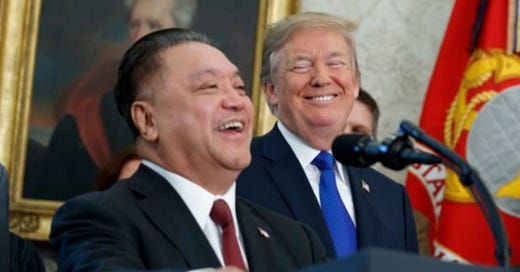


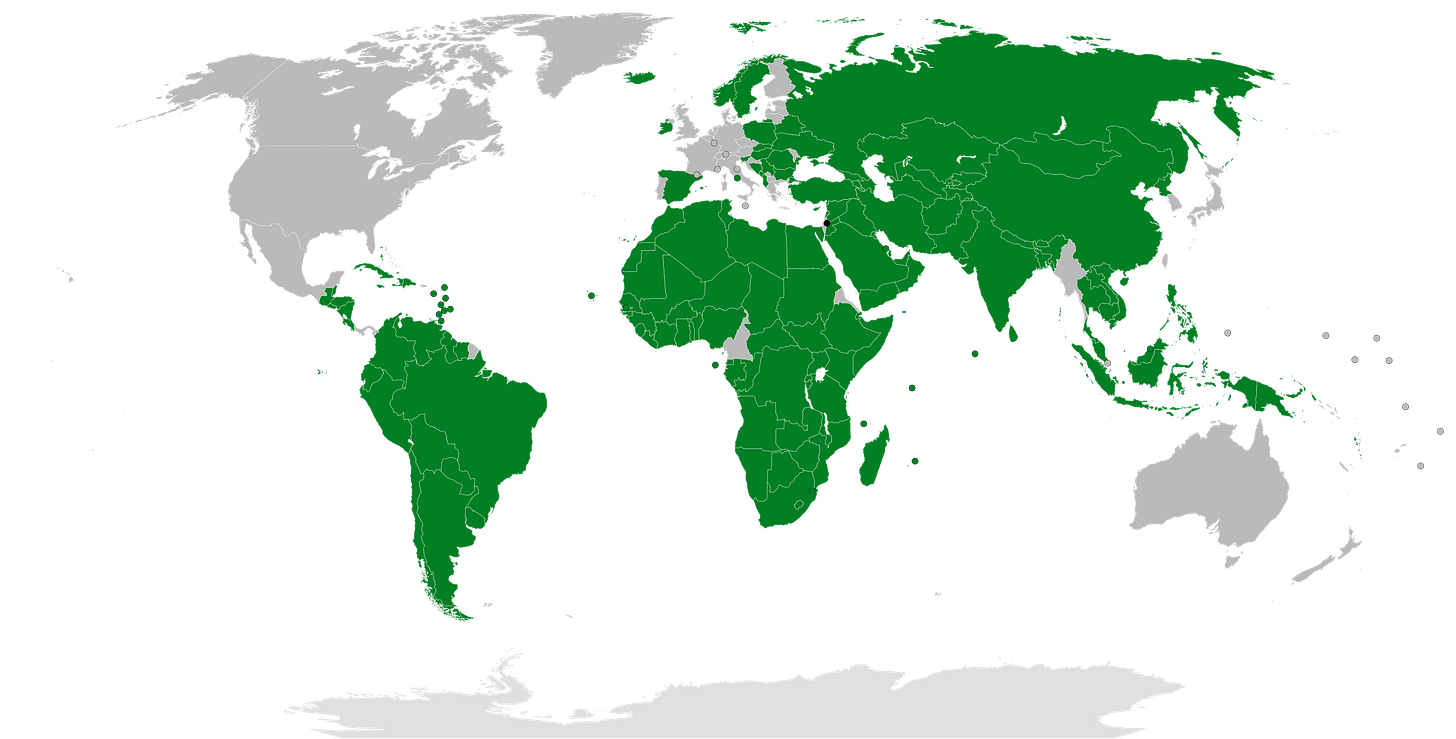









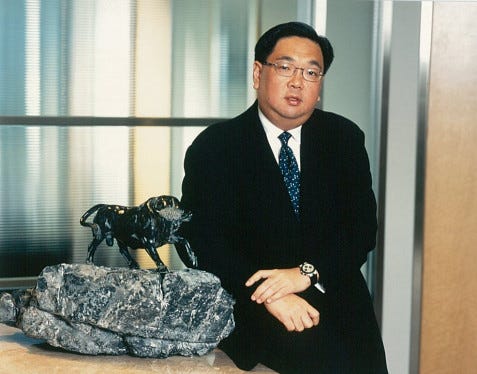
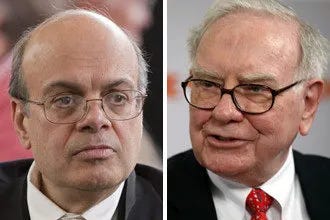
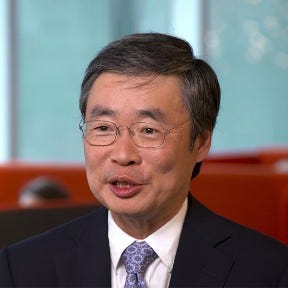







Hello from France. I'm starting to read your posts, and I find them particularly interesting. I understand that you think it's better for the elite to be united in some way; a multi-ethnic elite with different value systems is a disaster. As a potential solution, I propose a thought experiment: do you think it would be appropriate to imagine a system of conditional citizenship: a certain level of wealth, a certain level of education, and military service? A bit like in the novel Starship Troopers. I think this would eventually help develop a motivated and value-aligned elite, and it could even lead to ethnogenesis. Even if there is ethnic diversity at the beginning, over time this diversity would be reduced by this selection.